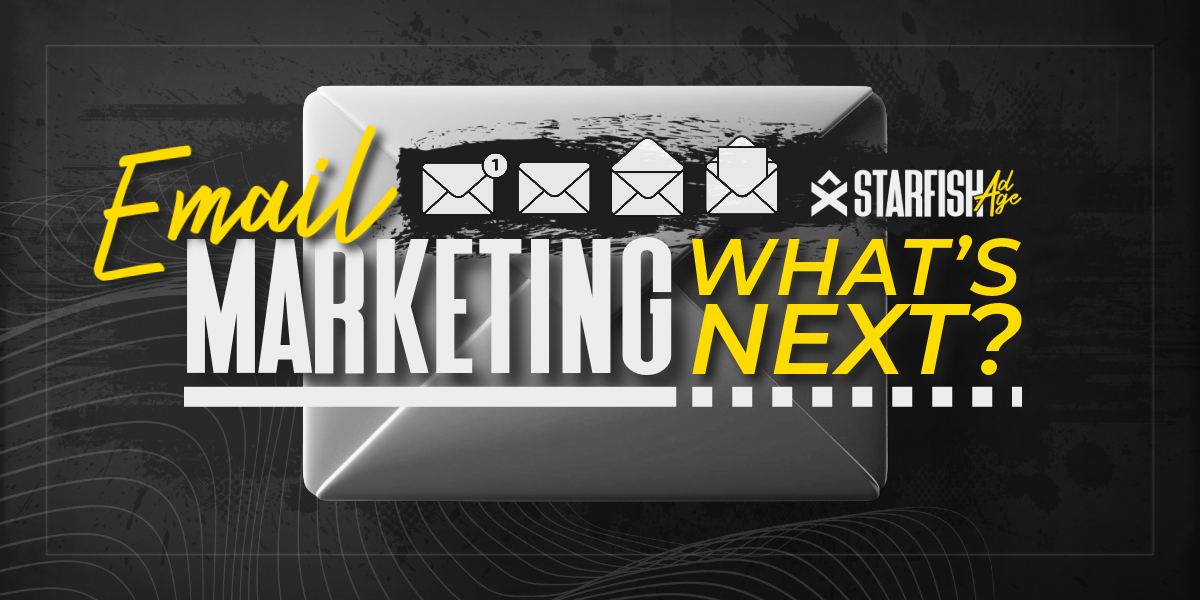
What Is The Future Of Email Marketing
Email marketing has been a powerful tool for businesses for decades. Choosing the right email marketing service can optimize strategies and gauge campaign performance effectively.
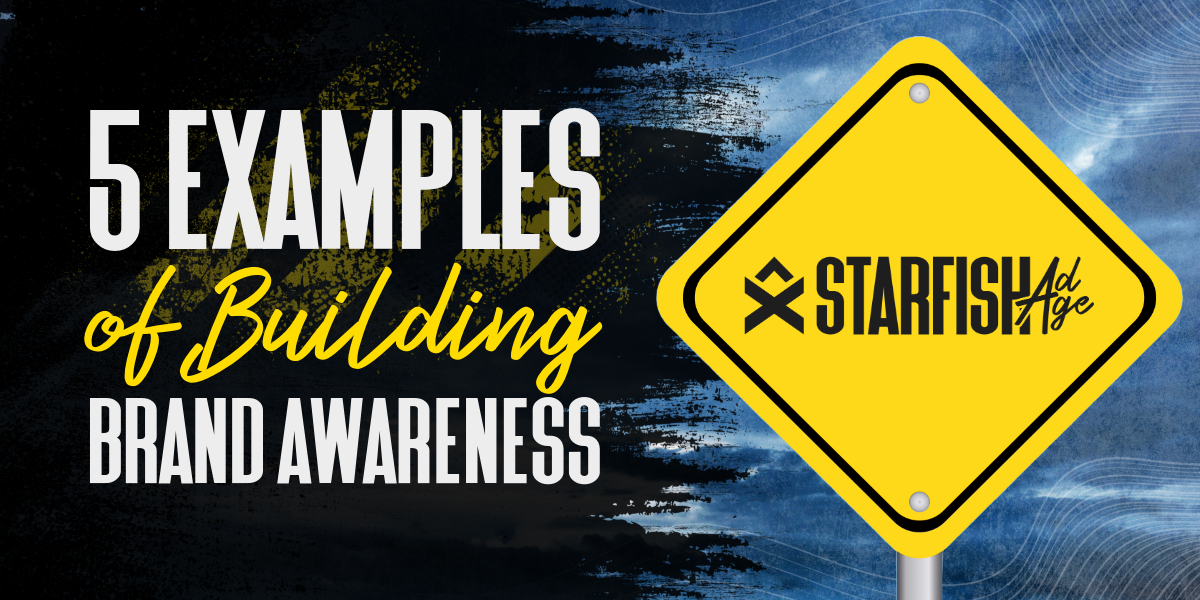
Brand awareness measures how well your audience recognizes and remembers your brand. It’s about ensuring your brand comes to mind when someone thinks about your industry or product category. Successful brand awareness means your brand stands out in a crowded marketplace, giving you a competitive advantage. Whether you measure brand awareness through visual elements, messaging, or consistent customer experiences, brand awareness helps to create an identity that resonates with potential customers. It’s important to include brand awareness in your brand strategy.
Brand awareness is the foundation of a brand’s relationship with its audience. People who know your brand are likely to trust you, engage with your products, and choose you over competitors. It’s a powerful tool for building loyalty and driving word-of-mouth referrals. Consumers tend to favor brands they are familiar with, making good brand awareness almost essential for influencing purchasing decisions. With it, even the most innovative products can be noticed, losing out to competitors with a strong presence.
Brand awareness is a metric that evaluates how familiar your audience is with your brand and how well they can recognize and recall it. It is essential for businesses because it lays the foundation for trust and long-term customer relationships. When consumers know your brand, they’re more likely to choose your products or services over competitors, even when price or quality are similar. Effective brand building and high brand awareness not only help businesses attract new customers but also retain existing ones, ensuring your company stays relevant in the minds of consumers.
Trust is vital in today’s competitive marketplace, and brand awareness is critical in establishing it. The more frequently a customer interacts with your brand—whether through advertisements, social media posts, or word-of-mouth—the more familiar and reliable your business appears. This repeated exposure creates a sense of trust and credibility, making it easier for customers to choose your brand over one they don’t recognize. Consistent, positive interactions across multiple platforms strengthen this bond, leading to higher customer loyalty and long-term success.
There are three core types of brand awareness:
Partnerships with established, reputable brands can exponentially increase your brand’s visibility. By collaborating with a well-known partner, you tap into their existing audience, exposing your brand to new potential customers who may not have known you. These collaborations often lend credibility to your brand, as existing customers often trust the recommendations or associations made by brands they already know and trust. This can be particularly effective in cross-industry partnerships that introduce your brand to a new market segment.
Social media is one of the most powerful tools for building brand awareness today. It allows businesses to interact with their audience in real-time, sharing valuable content, addressing customer concerns, and showcasing their products or services. By posting regularly, engaging with followers, and sharing user-generated content, brands can stay top of mind while expanding their reach. Additionally, social media offers an avenue for viral content, where a single post or campaign can exponentially increase brand awareness across a broader audience through shares and engagement.

Trust is everything in today’s market. A well-known brand is often perceived as more credible and reliable, which makes it easier for consumers to commit to their first purchase. When people see your brand consistently across online or offline platforms, it becomes familiar and trustworthy. Over time, this trust builds into brand loyalty, where customers return to your brand repeatedly, knowing they’ll get the quality and experience they expect. If your audience has positive associations with your brand, they are most likely to purchase from you.
Customers don’t always make purchasing decisions based on logic. Often, they choose brands they are familiar with simply because they recognize the name or logo. That’s why building brand awareness is so powerful—it positions your business as a go-to option when a consumer needs what you offer. From clothing to tech gadgets, if your brand is front and center in the consumer’s mind, you increase the chances that they will choose you over an unknown competitor.
In a marketplace flooded with options, it’s tough to get noticed. Strong brand awareness can help you decide between a customer picking your product or your competitor’s. When done right, a brand awareness strategy helps businesses carve out a unique space, making it easier to stand apart from the crowd. It’s not just about being visible—it’s about making sure your brand has an identity that sticks with people long after they’ve come across it.
Brand recognition is when a customer can identify your brand through visual or auditory cues, like your logo, color scheme, or a specific sound in an advertisement. Think about how easily people recognize brands like Nike, Coca-Cola, or McDonald’s simply by their logo or even a single color. Achieving this level of recognition means that your brand is seen, remembered, and associated with what you offer.
Brand recall goes a step beyond recognition. It’s when a customer can remember your brand without external cues—just the name itself. This type of awareness is crucial because it shows a deeper connection to your brand. When a potential customer needs something that falls into your niche, you want your brand to be the first they think of. That instant recall can be the difference between gaining a customer and losing them to a competitor.
Top-of-mind awareness is the ultimate goal. Your brand is the first to pop into consumers’ minds about your industry. This level of awareness is often reserved for market leaders—those brands that have established such a strong identity that they have become synonymous with the product or service they offer. Think of how Google is instantly associated with internet searches or how Band-Aid is often used as a term for adhesive bandages. This level of brand awareness works and creates lasting dominance in the market.
Partnering with other well-known brands can boost your brand equity visibility and credibility. By associating your brand with a trusted name, you expand your audience reach and increase the chances of being noticed by new customers. Successful partnerships combine the strengths of both brands, creating a mutually beneficial relationship. These are a great way to build positive brand equity.

Social media platforms like Instagram, TikTok, Twitter, and Facebook provide an enormous opportunity to increase brand awareness. Regular, engaging content that resonates with your audience can build a community around your brand. Whether through memes, behind-the-scenes footage, or customer stories, social media lets you connect with consumers in real-time, raising brand awareness and keeping your brand relevant.
Sponsoring events or initiatives that align with your brand values is another way to gain visibility. Whether it’s sponsoring a local charity run or a global conference, your brand will be front and center for attendees. Sponsorships associate your name with causes or events that resonate with your target audience, fostering a positive brand image. These can direct traffic to your brand from the sponsor or vice versa.
A well-executed PR campaign can put your brand in the spotlight. Whether launching a new product, responding to industry trends, or supporting a social cause, PR helps shape how the public perceives your brand. When done right, a PR campaign can create buzz, drive media coverage, and position your brand as a leader in its field.
Offering free samples or products can create excitement around your brand. People love getting something for free, and this tactic helps introduce your brand to new customers. Freebies not only raise brand awareness and awareness but also give potential customers a chance to experience your product without the risk of spending money. Freebies are a great way to incentivize prospective customers to shop for your brand.
Running contests is a fun way to engage people with your brand. Contests encourage people to interact with your brand by submitting user-generated content, sharing your posts, or simply entering their details. The excitement around winning something generates buzz and creates new opportunities to expand your audience.
Search engine optimization (SEO) is significant in building brand awareness. By optimizing your website and content for relevant keywords, you increase your visibility on search engines like Google. The higher you rank, the more people are exposed to your brand, driving organic traffic to your website.

Partnering with influencers who have established audiences can give your brand an instant boost in credibility. Influencers provide an authentic connection to their followers, and a recommendation from a trusted influencer can introduce just your products or brand to thousands, if not millions, of new customers. People are more likely to purchase something if they see a brand has other satisfied customers.
Creating valuable, engaging content is one of the most effective ways to build brand awareness. Whether through blog posts, videos, or infographics, content marketing allows you to showcase your expertise, build trust, and engage with your audience. The more valuable your content, the more people will recognize your brand as a leader in your field.
We’ve gathered five brand awareness examples to show you how effective building a strong brand presence can be. From innovative partnerships and social media strategies to engaging PR campaigns, these brands have successfully captured the attention of their target audiences and created lasting impressions. By highlighting these examples, we aim to demonstrate the impact of well-executed brand awareness efforts in driving trust, recognition, and customer loyalty, proving that a strategic approach can elevate your brand’s visibility and influence.

The Deadpool & Wolverine movie redefined the potential of brand partnerships, surpassing most other Marvel Cinematic Universe (MCU) films. Deadpool also utilized multiple channels to increase awareness. With an impressive $135 million from partnerships with brands like Heinz, Audi, NatGeo, and Jack in the Box, this R-rated superhero movie broke new ground in marketing. The creative campaigns tied to these brands elevated the movie’s visibility, showcasing how even an edgy, mature film can utilize partnerships for broader appeal.
One of the standout collaborations was with Heinz, which used a clever, viral campaign comparing the costumes of Deadpool and Wolverine to ketchup and mustard. The “Can’t Unsee It” ad gained instant traction, with Reynolds humorously breaking the fourth wall to address the similarity in the color schemes. This ad showcased the movie and drew attention to Heinz’s products in a lighthearted, engaging way.
This campaign was unique in how Deadpool & Wolverine marketed itself without leaning into its R-rated nature. Instead of the crude humor expected from the franchise, the marketing team—led by Ryan Reynolds and his company Maximum Effort—created campaigns that felt accessible to a broader audience. These playful yet creative ads attracted mainstream brands like Heinz and Audi, allowing the movie to appeal to multiple demographics while still keeping its edge.

Another notable partnership came from Jack in the Box, where Deadpool promoted their Mini Chimi Bang Bangs—a cheeky nod to his character’s obsession with chimichangas. These ads captured the fun, irreverent spirit of the movie, blending fast food and superhero humor in a way that resonated with fans. This partnership wasn’t just about product promotion; it was an extension of the character’s personality, making it feel authentic and enjoyable for viewers.
The Deadpool & Wolverine brand partnerships didn’t just rely on traditional sponsorships. Each collaboration had a creative twist that tapped into pop culture, amplifying the movie’s reach. Despite being an R-rated film, it managed to attract mainstream brands by balancing edgy humor with broad appeal. As Ryan Reynolds explained, the key was creating inclusive campaigns without losing the irreverent tone that defines Deadpool.
By securing partnerships with brands across various sectors—from Heinz to NatGeo—the film set a new standard in the marketing industry for creating brand awareness through campaigns. These collaborations played a significant role in the movie’s marketing success, proving that even mature content can achieve wide-reaching visibility when the right partnerships are in place.

Spotify Wrapped has become the streaming platform’s most anticipated and successful marketing campaign. It delivers on multiple fronts by tapping into user data, personalization, and social media. Every year, Spotify collects personalized data about users’ favorite songs, albums, and podcasts, encouraging them to share it across social platforms like Instagram and Twitter. Last year, more than 120 million users engaged with the campaign, helping Spotify reach a massive audience and increase brand awareness.
One of the key elements of Spotify Wrapped’s current brand awareness campaign is its seamless integration with its social media channels. The campaign creates a viral moment every year, with users excited to share their unique listening habits. This organic word-of-mouth marketing style allows Spotify to reach its existing user base and potential new users through social media shares. Alex Bodman, Spotify’s global VP of creative, explained, “We have this engine now that allows our listeners on Spotify to amplify their love for the brand to their friends and everyone on their socials.”

In a bold move to reach a younger generation, Spotify Wrapped expanded its presence to Roblox this year, opening the door to millions of new potential users. With Roblox’s nearly 50 million daily active users, Spotify has found a new way to raise awareness with an audience that might not have otherwise engaged with the platform. This collaboration is a prime example of how brand partnerships can extend a campaign’s reach beyond its traditional user base, creating more opportunities for people to discover Spotify.
Spotify Wrapped is influential in turning user data into something personal and meaningful. The campaign offers users a unique experience, showing them their top songs, podcasts, and artists of the year. This personalized approach makes the data relevant and shareable, allowing users to feel like part of a community. According to Tom Kelley, CEO of The Revival House, Wrapped’s success lies in “humanizing data and making it individually relevant,” which is why other streaming services like Apple Music and YouTube Music have tried replicating the strategy.
For Spotify, Wrapped is not just about engaging existing users—it’s also a significant driver of user growth and re-engagement. By creating a moment that users anticipate each year, Spotify ensures that people return to the platform to see their Wrapped results and share them. This campaign is a huge business driver, as it encourages reactivation and new user sign-ups, solidifying its importance in Spotify’s marketing efforts.

The broad appeal of anime has grown exponentially in recent years, and McDonald’s has strategically leveraged this trend to boost its brand visibility. McDonald’s partnered with the renowned Tokyo anime studio Pierrot to create a series of anime-themed shorts to engage younger, anime-loving audiences. These collaborations aren’t just about riding the wave of anime’s popularity; they’re a testament to McDonald’s ability to blend its brand with contemporary culture while appealing to new and loyal customers.
At the heart of McDonald’s brand awareness campaign is creating the WcDonald’s universe, an anime-themed, fictional version of the fast-food chain. First introduced in the 1981 anime Cat’s Eye, WcDonald’s has become part of anime lore. McDonald’s cleverly embraced this cultural reference by releasing four anime shorts, each focusing on popular anime subgenres—Action, Romance, Mecha, and Fantasy. The first short, “The Race to WcDonald’s,” premiered in February and set the tone for a unique brand collaboration that resonated deeply with anime fans.
An immersive, anime-inspired experience at a McDonald’s in Los Angeles enhanced the anime-themed campaign. The restaurant was transformed for two days using 360-degree projection mapping and interactive tabletop projections, offering fans a fully immersive experience in the WcDonald’s universe. This PR campaign demonstrated McDonald’s commitment to engaging its audience beyond traditional advertising campaigns, creating buzz and excitement around the brand while deepening its connection with anime culture.

McDonald’s didn’t stop at the anime shorts and immersive experience. The brand collaborated with famed manga artist Acky Bright, known for his work with DC Comics and Netflix, to design custom WcDonald’s packaging. These packages featured QR codes that unlocked weekly digital manga content, immersing fans in the WcDonald’s universe. Additionally, the new Savory Chili WcDonald’s Sauce was introduced, embodying the bold and dynamic spirit of anime heroes, adding a sensory layer to the campaign that connected with taste and visuals.
As part of the campaign’s brand recognition efforts, McDonald’s celebrated the creativity of anime fans. The brand awarded grants to three promising anime artists who had created WcDonald’s themed artwork and offered them one-on-one mentorship sessions with Acky Bright. This move recognized the influence of anime in today’s pop culture and allowed McDonald’s to foster positive relationships within the anime community, showing genuine support for emerging talent.
By merging modern culture with its brand identity, McDonald’s has created a fresh, engaging, and culturally relevant PR campaign. Using anime helped McDonald’s reach a younger audience while strengthening its position in the global fast food market. From creating the WcDonald’s universe to the immersive dining experiences and support for anime artists, McDonald’s has proven that adapting to cultural trends is essential for maintaining and growing brand awareness in an ever-evolving market.
During the US Women’s Water Polo Team’s run at the Paris 2024 Olympics, they had an unexpected yet passionate supporter—Flavor Flav. The iconic rapper and TV personality had signed a five-year sponsorship deal with the team before the Games, bringing more than just financial backing. As the team’s official sponsor and designated “hype man,” Flavor Flav immersed himself in the team’s journey, even joining them in the pool for training sessions.
One of the most significant impacts of Flavor Flav’s sponsorship was his ability to bring new audiences to the sport, particularly communities that had been underrepresented in water polo. Ashleigh Johnson, the first black woman selected for the U.S. Olympic water polo team, noted how Flav’s involvement sparked interest in the sport among people of color. His presence opened conversations about water polo in communities that had never previously engaged with the sport, expanding its reach and relevance in unprecedented ways.
Throughout the journey, Flavor Flav became more than just a sponsor—he was a genuine part of the team. His energy, authenticity, and commitment helped build stronger bonds between him and the athletes, giving them an extra confidence boost. As team captain Maggie Steffens reflected, “He totally joined our team with his energy and authenticity.” His enthusiastic support inspired the team and helped raise the profile of water polo, making it more approachable and inclusive for new audiences.
One of Flavor Flav’s goals was to ensure water polo became more widely recognized and appreciated, and he succeeded in doing just that. He significantly raised the sport’s visibility by leveraging his platform and cultural influence. “I don’t consider it a sport of color; I consider it a sport of everybody,” Flav said during the Games. His efforts to elevate water polo’s profile helped ensure the sport became more memorable, with new fans being introduced to it both in the U.S. and internationally.
Flavor Flav’s US Women’s Water Polo Team sponsorship leaves a lasting legacy on the sport. His involvement went far beyond financial support—it helped bring water polo to a wider, more diverse audience and made the sport feel more accessible and inclusive. His unique energy, cultural reach, and enthusiasm motivated the team and renewed the excitement and community around water polo.
La Roche-Posay, a leading name in dermatological skincare, has successfully utilized influencer and marketing strategies to strengthen its presence and connect with new audiences. The brand has built strong relationships with its target market by collaborating with respected beauty and skincare influencers. This approach boosted awareness and enhanced brand trust, as influencers shared their genuine experiences with La Roche-Posay’s scientifically backed skincare products.
A key element of La Roche-Posay’s strategy to boost brand awareness is the focus on Earned Media Value (EMV), which measures the exposure generated from influencer mentions and social media interactions. Between March 2019 and February 2020, the brand’s EMV increased by 51%, reaching $13.9 million, according to Tribe Dynamics. Influencers highlighted best-sellers like the Micellar Water Ultra and Anthelios sunscreen, contributing significantly to La Roche-Posay’s growing popularity in the skincare world.
La Roche-Posay has developed a loyal base of influencers who regularly mention the brand in their skincare routine posts, even without sponsorship. These organic mentions have significantly increased brand visibility and engagement. During the same period, 180 influencers helped generate $2.2 million in EMV for the brand, demonstrating how genuine influencer support has played a key role in the brand’s rising success.
@drjennyliu If i could only use 5 @LaRochePosayUS for the rest of my life these would be it #dermdiaries #larocheposay #dermatologist #skincaremusthaves #skincareproducts #skincarefavorites #skincarehacks #musthaveskincare #skincarecommunity ♬ Aesthetic - Tollan Kim
By working with influencers who align with the brand’s values, La Roche-Posay has connected with new audiences and extended its influence. The consistency of influencers who have supported the brand over time has reinforced its presence in the beauty community. La Roche-Posay continues to identify and engage with new influencers, helping to create brand awareness, broaden its reach, and strengthen its place in the skincare market.
Influencer marketing has helped La Roche-Posay become a trusted skincare brand online. The authenticity of influencers’ reviews has made consumers feel more confident in trying the brand’s products. This has been incredibly impactful for individuals with sensitive skin, as influencers often highlight the scientific research and dermatologist-backed formulations that underpin La Roche-Posay’s products.
Platforms like Instagram and TikTok have been pivotal in La Roche-Posay’s influencer strategy. The brand has generated significant online conversations by encouraging influencers and everyday users to share their experiences with La Roche-Posay. This has resulted in an ongoing stream of user-generated content, reinforcing the brand’s reliability and approachability.
Through consistent influencer engagement, social media marketing, and a focus on community building, La Roche-Posay has gained a strong following in the skincare industry. The brand’s own brand voice and ability to engage directly with its audience have been critical factors in its growth. As users continue to share their personal skincare stories with La Roche-Posay, the brand’s reputation for trust and quality continues to grow.

Email marketing has been a powerful tool for businesses for decades. Choosing the right email marketing service can optimize strategies and gauge campaign performance effectively.

Discover successful email marketing strategies to boost engagement, drive conversions, and grow your business with impactful campaigns.

Discover the basics of marketing automation and how it helps businesses save time, streamline campaigns, and boost results.

Discover the importance of lead generation for boosting business growth, building connections, and driving long-term success.
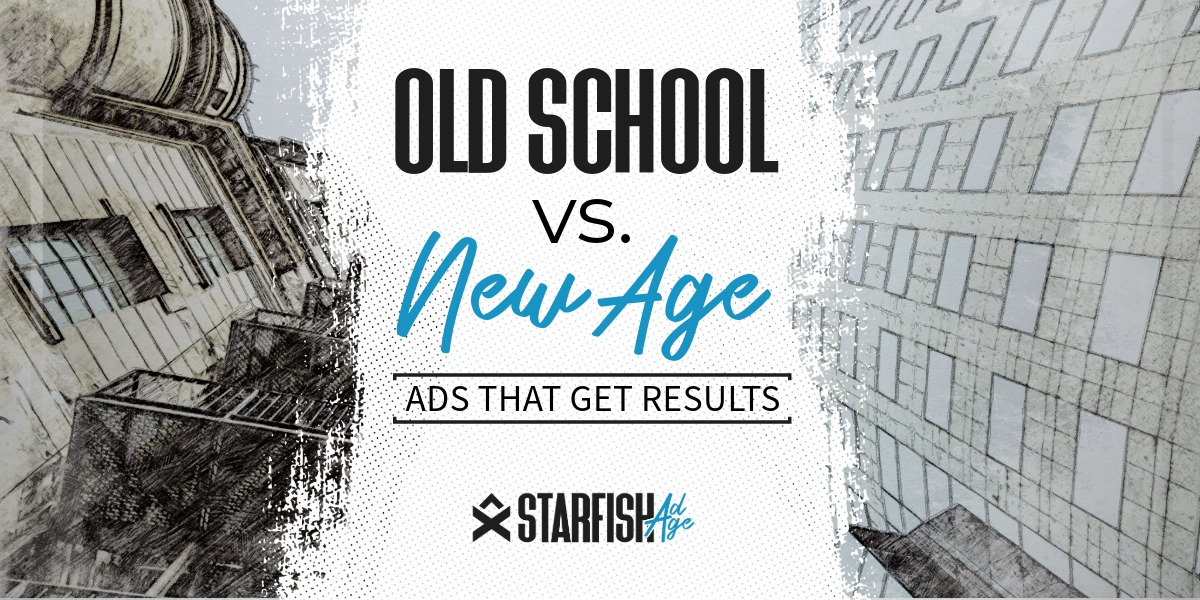
Explore the differences between traditional and digital advertising. Learn which strategy is best for your business, from broad reach to targeted campaigns.
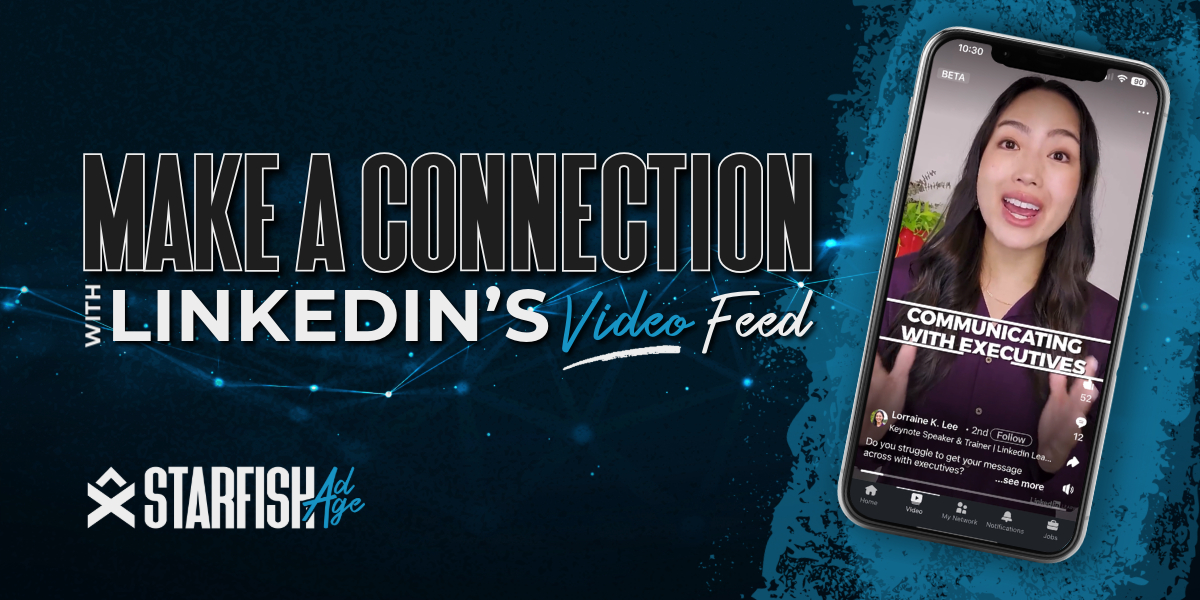
Use LinkedIn’s new video feed to grow your audience. Learn specs, best practices, and tips for creating engaging posts to boost your visibility on LinkedIn.

How major social media legal battles in 2024, including Supreme Court rulings and the Kids Online Safety Act, are impacting businesses and digital marketing.

Discover 10 iconic brands like Blockbuster, Kodak, and Toys “R” Us that went extinct because they failed to innovate.

Gen Z Marketing That’s Breaking The Internet: Discover how Gen Z marketers use bold, unpredictable strategies to capture attention.

Learn how AI tools improve customer experience, streamline operations, optimize marketing, and reduce operational costs.
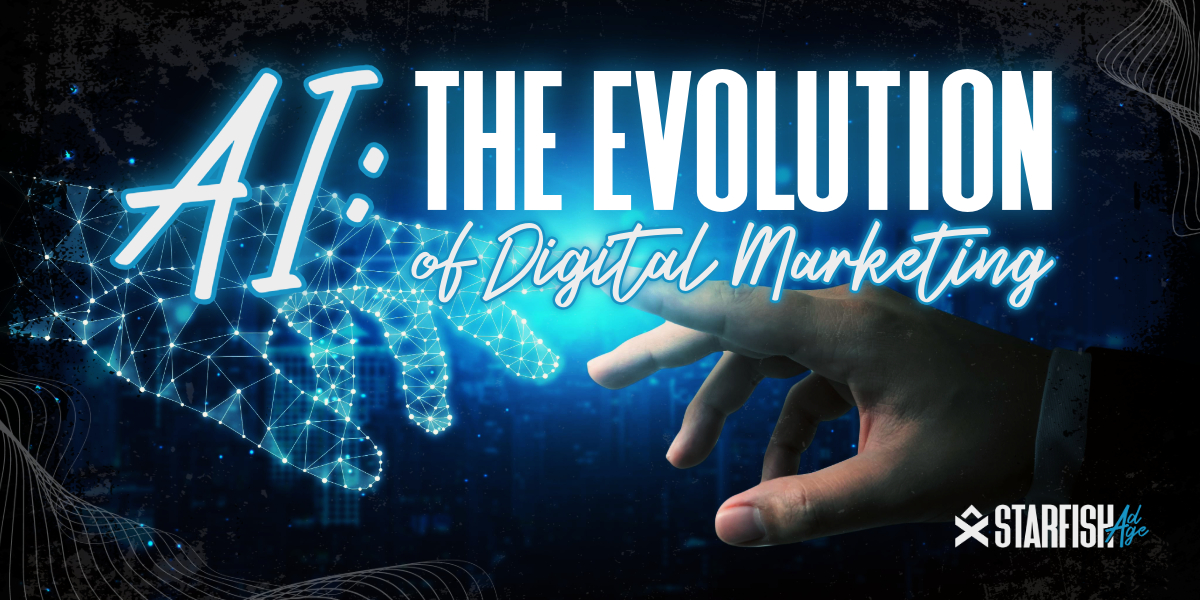
Discover how AI transforms digital marketing through automation, personalized strategies, and data-driven insights.
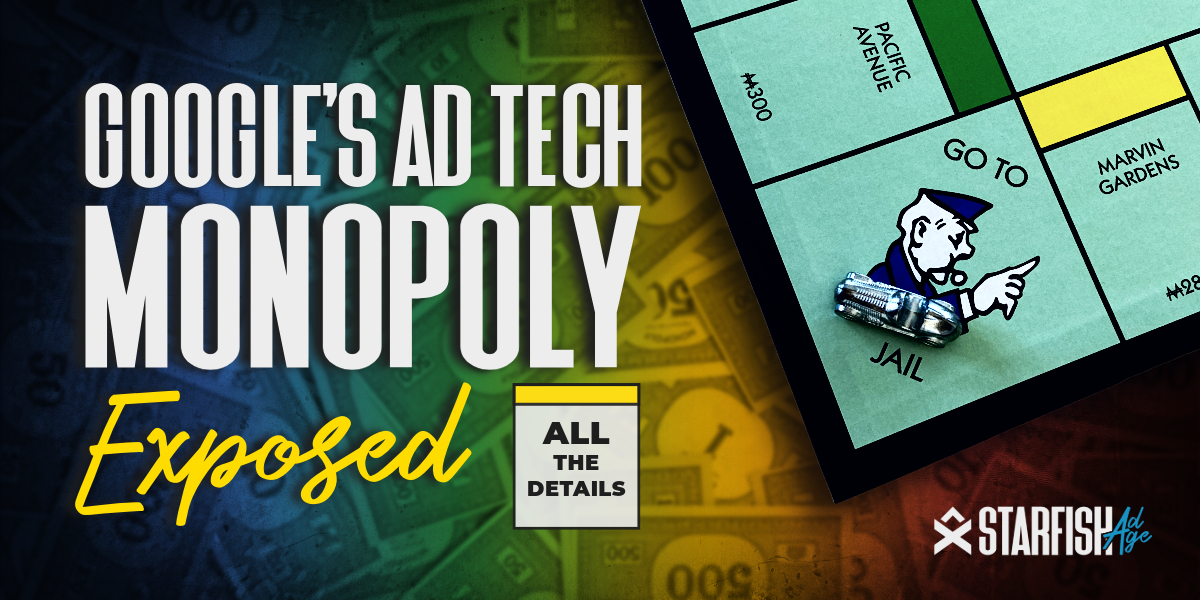
Get the latest insights on Google’s ad tech monopoly trial and how it could reshape digital advertising, competition, and your ad strategies moving forward.
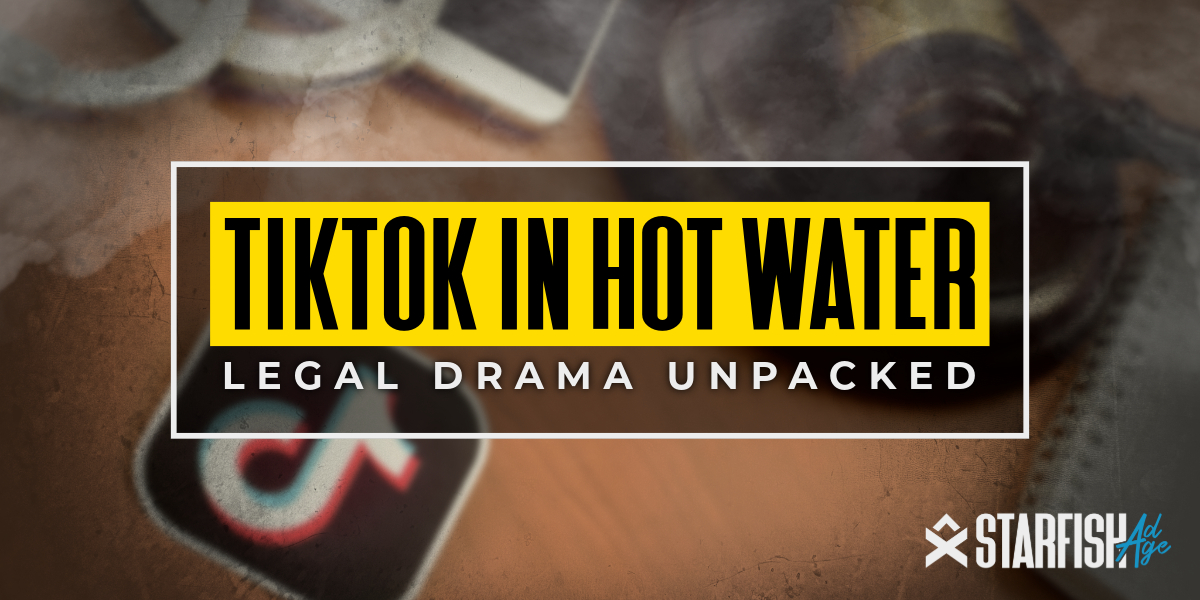
Follow TikTok’s legal battle against the ban and learn how it could affect creators. Get the facts and understand the potential future of the platform.
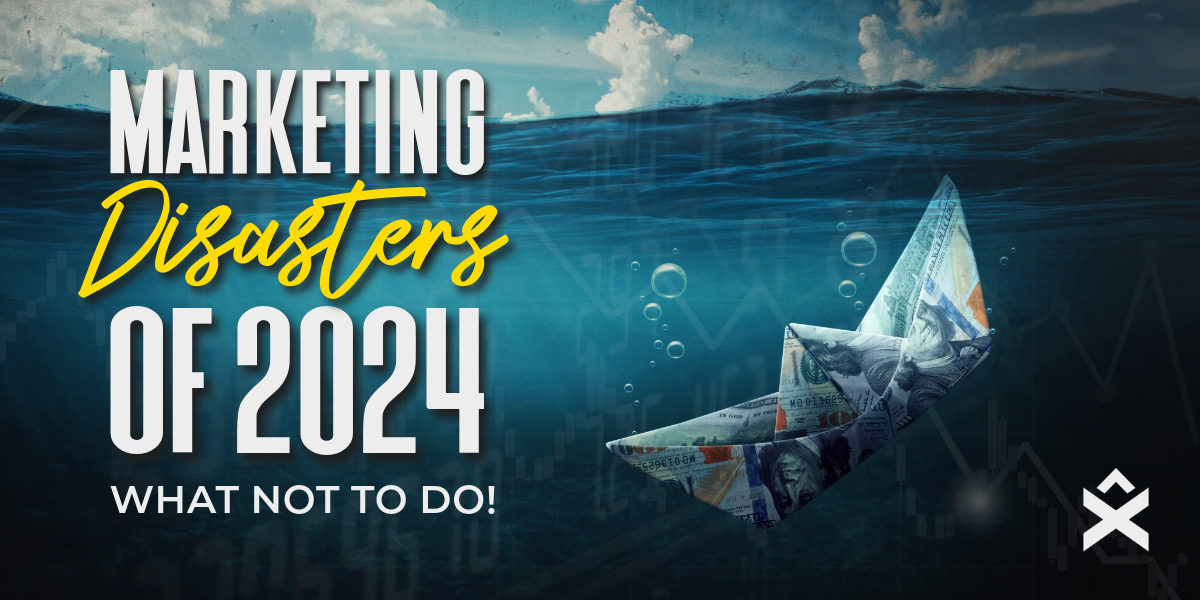
A few of the most significant marketing mistakes we’ve seen in 2024 so far, why they happen, and simple ways to avoid them to keep your campaigns on track.
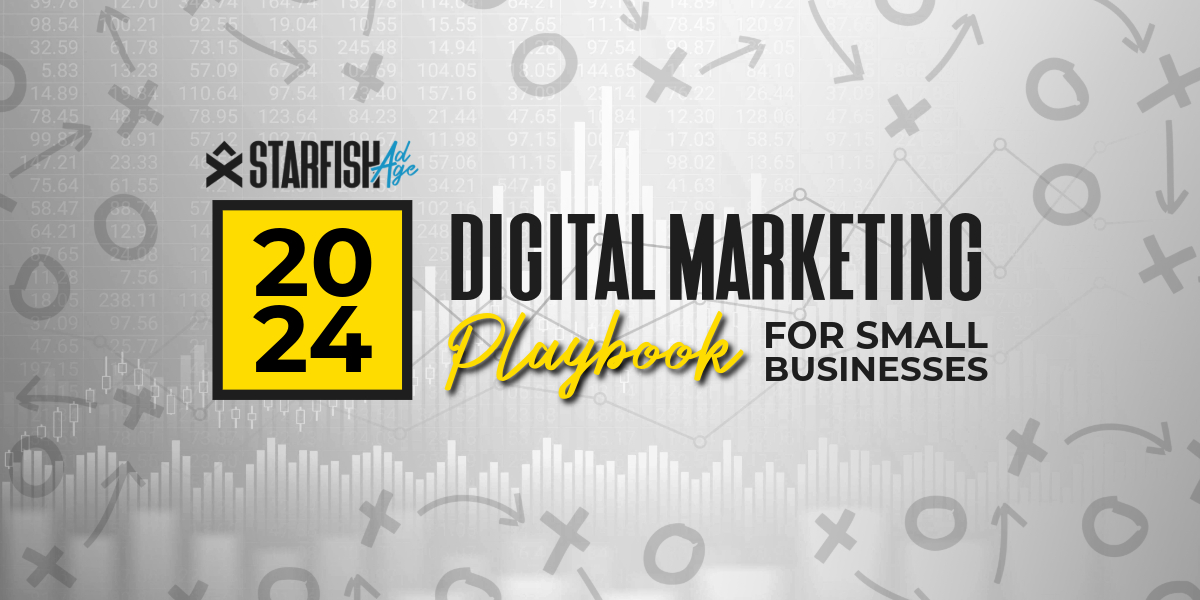
Explore key strategies in our 2024 Digital Marketing Guide. Learn to understand your audience, build an online presence, and optimize for business growth.
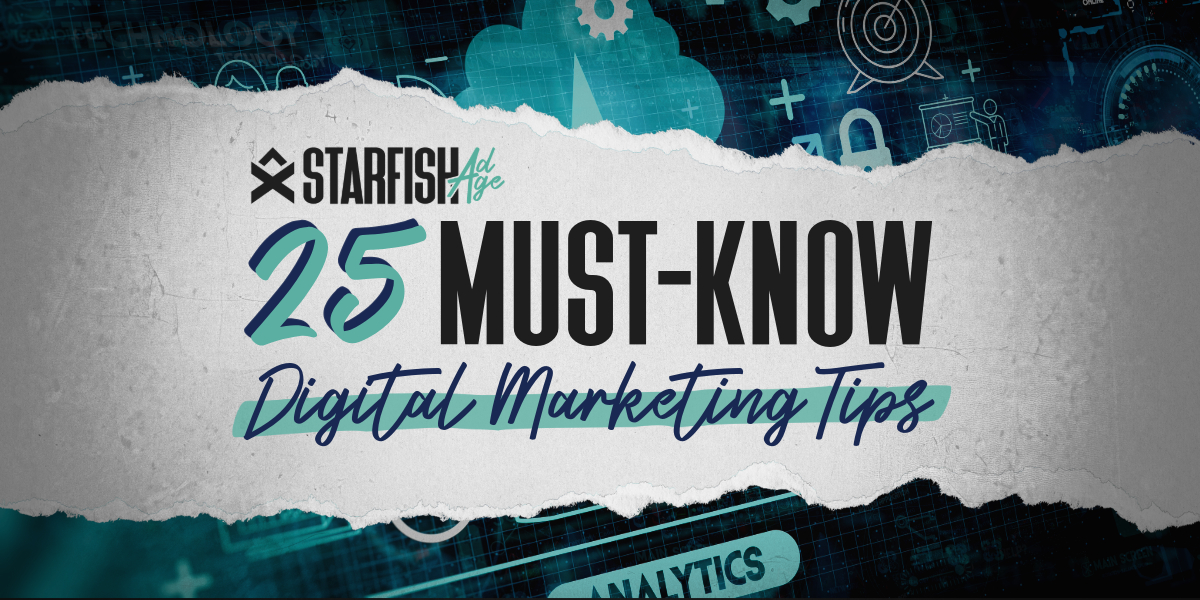
Discover 25 essential digital marketing tips for small businesses. Boost your online presence, attract customers, and drive sales with proven strategies.
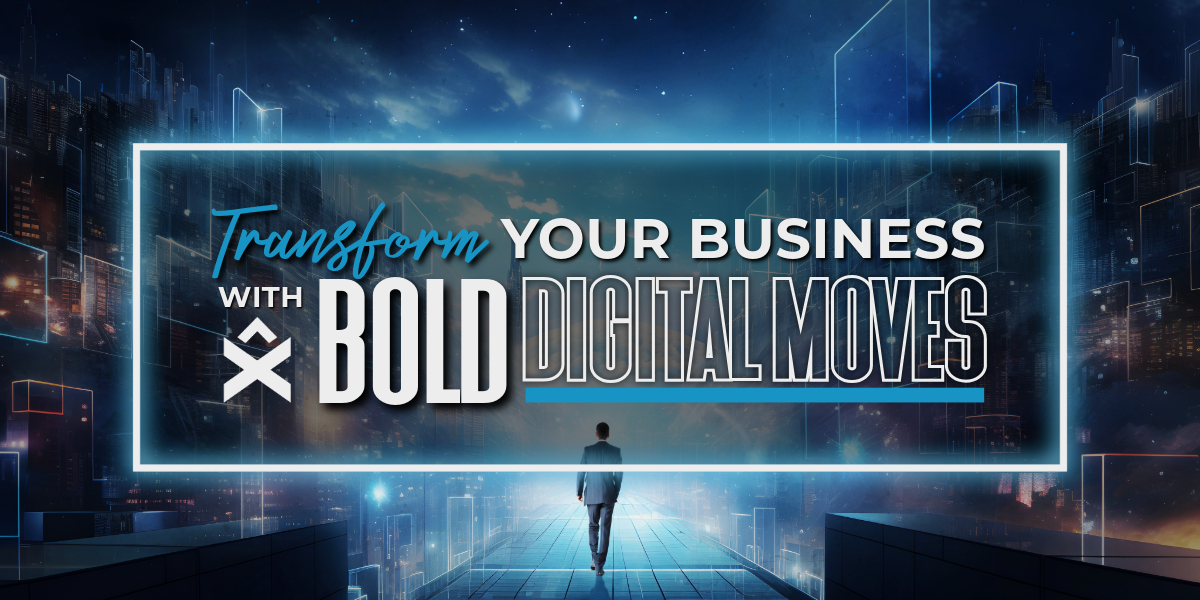
14 Essential Digital Marketing Solutions to Boost Your Business Growth
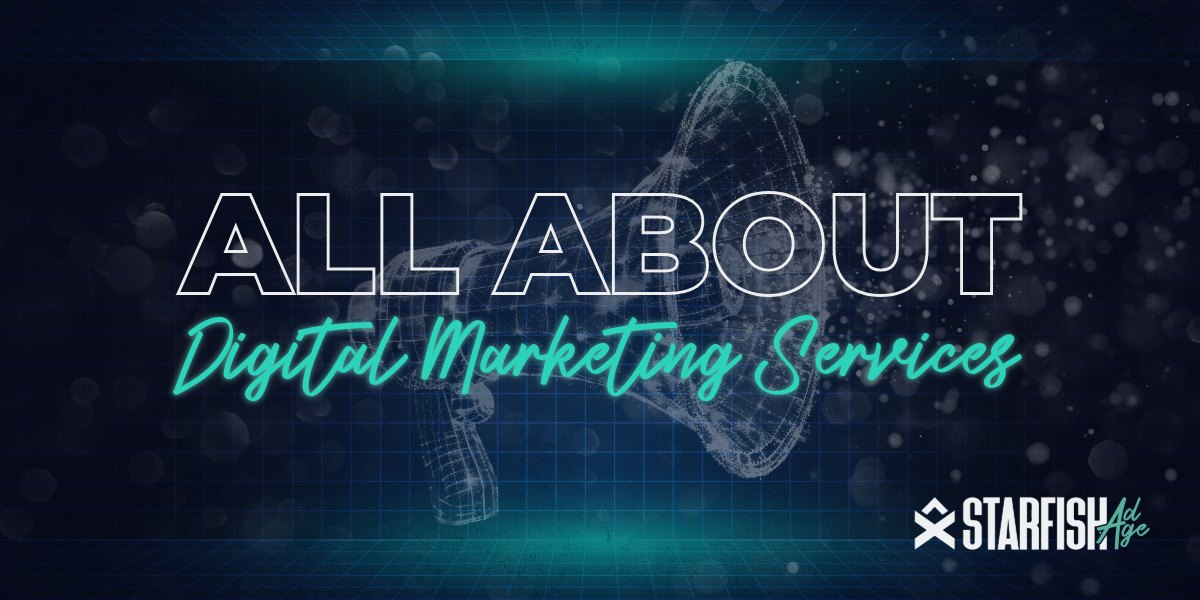
Learn about SEO, PPC, social media marketing, content marketing, and more to drive traffic and conversions. Read now!
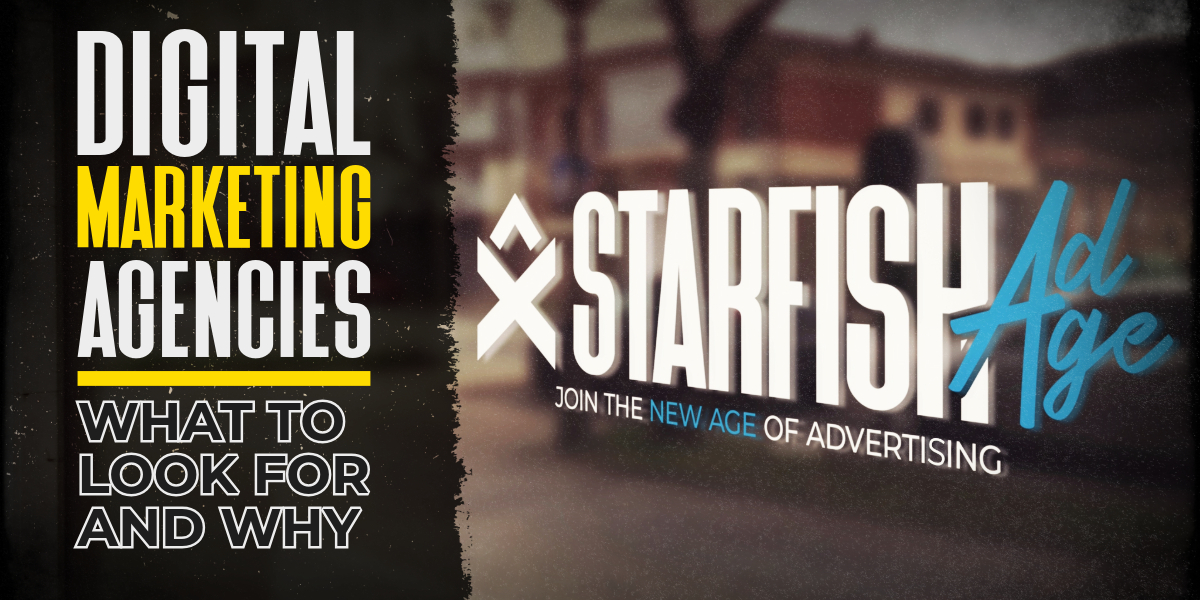
Learn how to select the best digital marketing agency for your small business, the benefits of hiring an agency, and tips for maximizing your online presence.
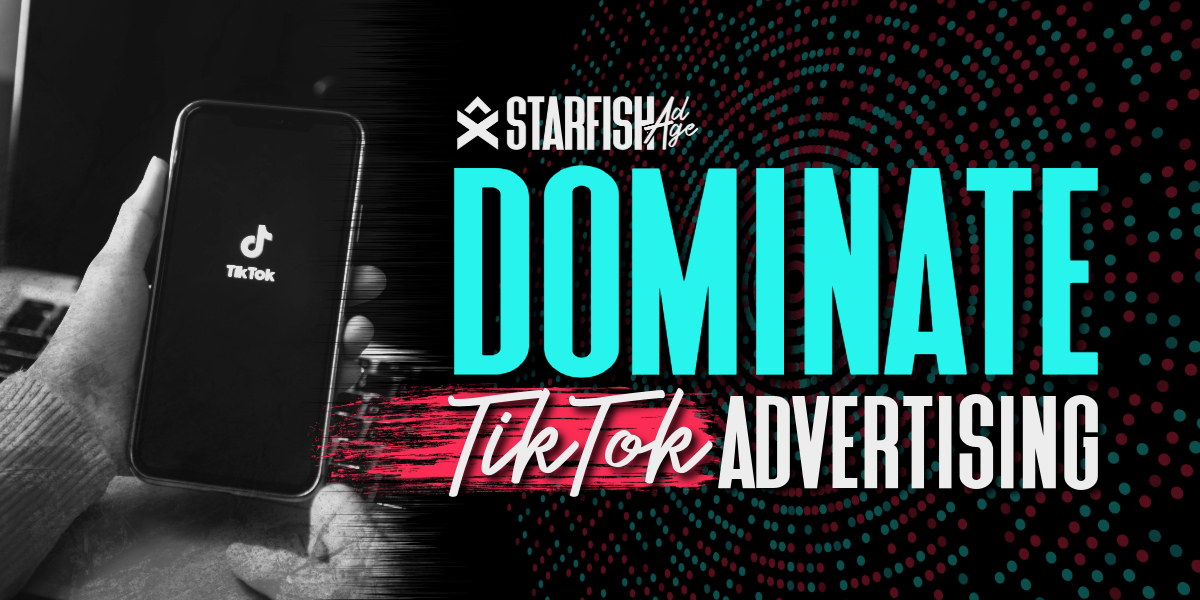
Learn how to leverage TikTok advertising, ad formats, targeting options, and best practices to increase brand awareness, and drive sales.
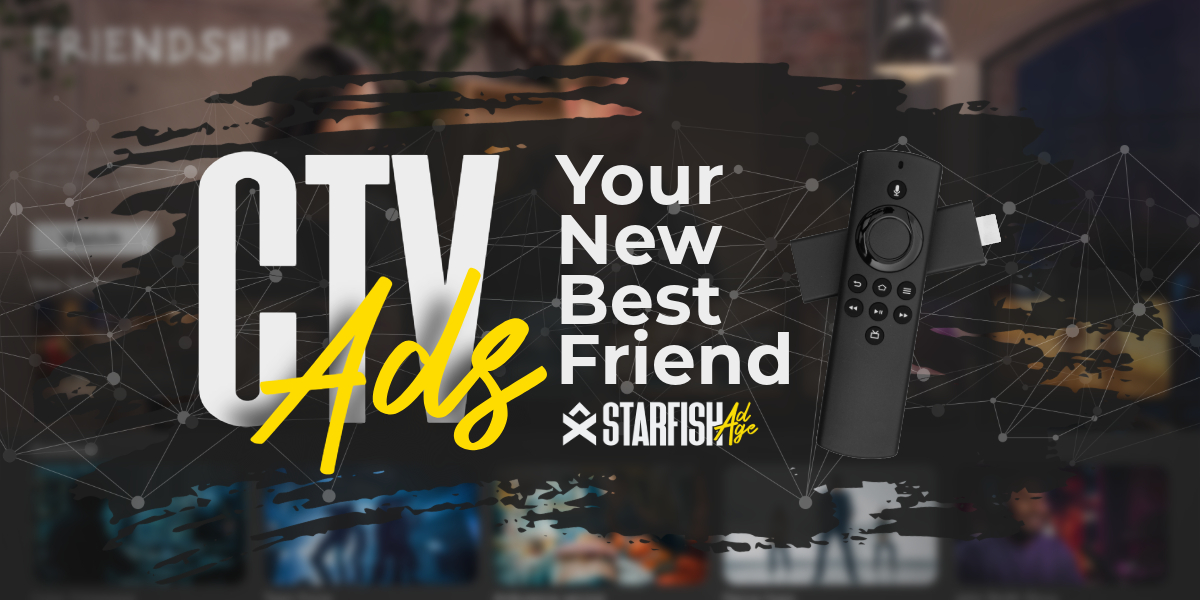
Learn about Connected TV (CTV) ads, their benefits, and how they work. Understand programmatic CTV advertising for effective digital marketing campaigns.
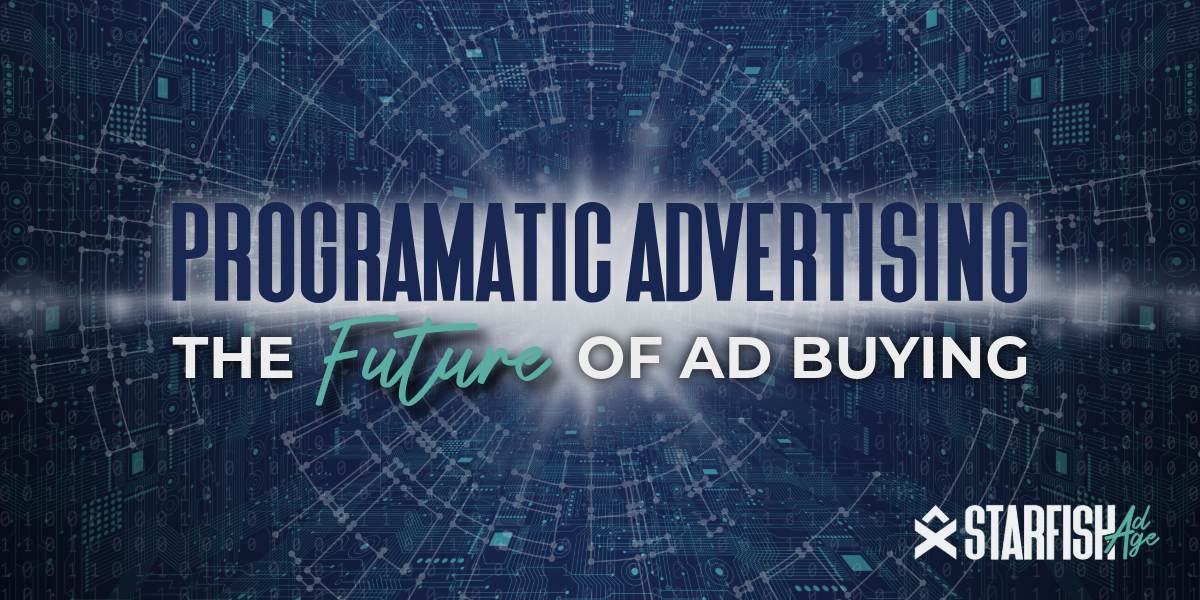
Discover the benefits of programmatic advertising, an automated method of buying digital ad space that enhances targeting, efficiency, and campaign performance.
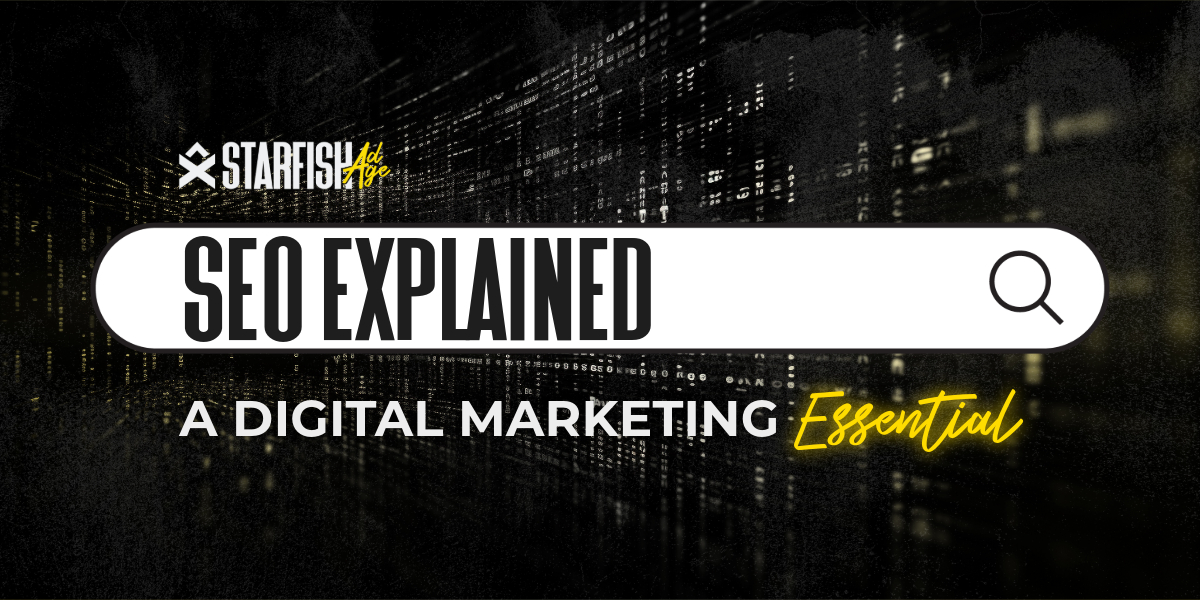
Discover what SEO in digital marketing is and why it matters. Learn how search engine optimization can increase your business’s success.
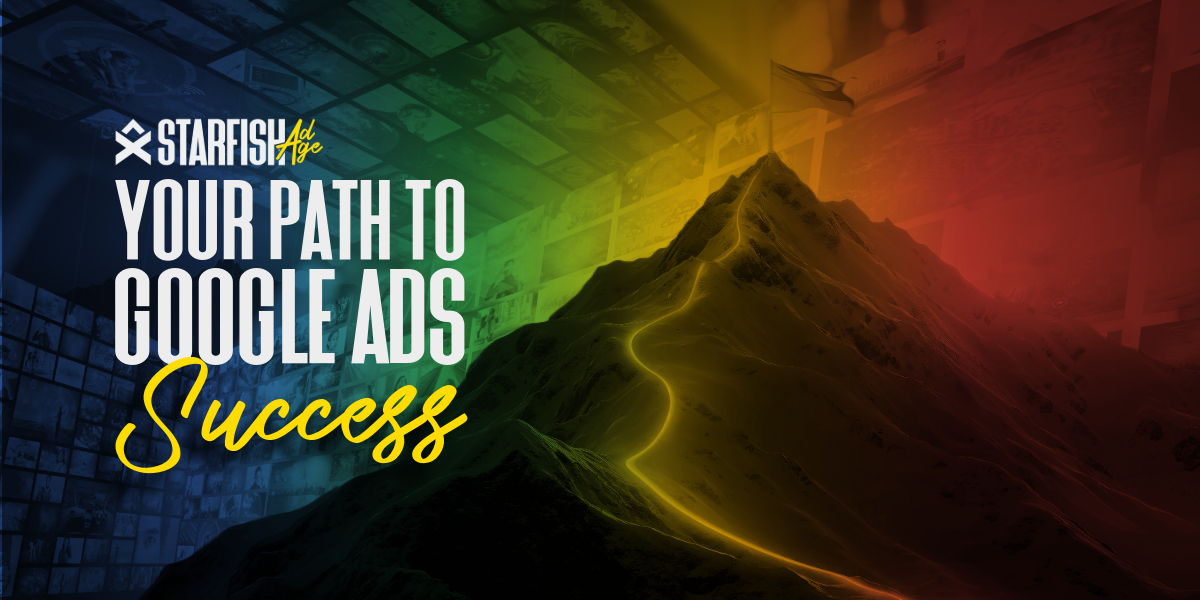
Learn how to advertise on Google effectively. The basics of Google Ads, from setting up your account to targeting your audience and driving qualified traffic.
All Rights Reserved | Starfish Ad Age LLC | 2023 | Privacy Policy